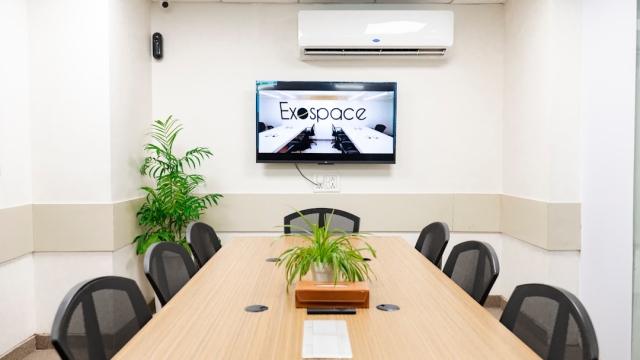In an age where effective communication and engagement are paramount, integrated AV solutions have emerged as a vital component in various settings, from corporate environments to educational institutions and event spaces. These solutions encompass a cohesive blend of audio and visual technologies designed to facilitate seamless interaction and enhance the overall experience. By understanding what integrated AV solutions are and how they function, businesses and organizations can leverage these tools to improve their operations and deliver impactful presentations.
Understanding Integrated AV Solutions: What They Are and How They Work
Integrated AV solutions refer to a comprehensive system that combines audio and visual elements into a unified platform. This integration enables users to manage and control multiple devices, such as microphones, speakers, projectors, and screens, from a single interface. The primary goal of these solutions is to streamline communication, making it easier to present information, conduct meetings, and engage audiences effectively.
At their core, integrated AV solutions work by utilizing various technologies that communicate with one another. For example, when a presenter speaks into a microphone, the audio is processed and transmitted through an amplifier to the speakers, while visuals are displayed on screens or projectors simultaneously. This synchronization creates a cohesive experience for the audience, whether in a large conference room, a classroom, or during a live event.
Benefits of Integrated AV Solutions for Businesses and Events
The advantages of integrated AV solutions are numerous and can significantly impact how organizations conduct their activities. One of the most notable benefits is enhanced communication. By providing a unified platform for audio and visual elements, these solutions reduce the chances of technical difficulties that can disrupt presentations or meetings. This reliability fosters a more professional atmosphere and allows presenters to focus on their message rather than technical glitches.
Another key benefit is improved engagement. integrated AV solutions allow for dynamic presentations that can incorporate multimedia elements such as videos, animations, and interactive content. This capability captures the audience’s attention and encourages participation, leading to a more memorable experience. Additionally, these solutions can facilitate remote participation, enabling individuals to engage from various locations, which is particularly beneficial in today’s globalized world.
Cost efficiency is also an important consideration. By integrating various audio and visual components into a single system, businesses can reduce the need for multiple vendors and complicated setups. This consolidation simplifies maintenance and support, ultimately leading to lower operational costs. Furthermore, with the right integrated AV solutions, organizations can maximize the use of their existing technology investments.
Choosing the Right Integrated AV Solution for Your Needs
When selecting the appropriate integrated AV solution, it is essential to consider several factors tailored to the specific requirements of your organization or event. First and foremost, assess your budget. Integrated AV solutions can vary significantly in cost, and understanding your financial parameters will help narrow down your options.
Next, evaluate the space where the solution will be implemented. Consider factors such as room size, layout, and acoustics. These elements play a crucial role in determining the type of equipment needed to ensure optimal audio and visual quality. For instance, larger spaces may require more powerful speakers and multiple displays, while smaller rooms might only need basic equipment.
Additionally, think about the intended use of the integrated AV solution. Will it primarily be for presentations, video conferencing, or live events? Understanding the specific applications will help guide your decision-making process. Consulting with AV professionals can provide valuable insights and recommendations tailored to your unique needs.
Real-World Examples of Integrated AV Solutions in Action
Many organizations have successfully implemented integrated AV solutions to enhance their communication strategies. For instance, a church might utilize a comprehensive audio-visual system to deliver engaging sermons and create an immersive worship experience. By integrating high-quality sound systems with visually appealing displays, congregations can foster a deeper connection during services. You can learn more about effective AV system design for such settings at this resource.
Moreover, businesses often employ integrated AV solutions for conferences and training sessions. By utilizing advanced presentation tools and interactive displays, they can create a collaborative environment that encourages participation and knowledge sharing among employees. This approach not only enhances retention but also cultivates a culture of continuous learning.
In conclusion, integrated AV solutions offer a wealth of benefits that can transform how organizations communicate and engage with their audiences. By understanding their functionality, recognizing their advantages, and carefully selecting the right system, businesses and events can harness the power of audio-visual technology to create impactful experiences.







